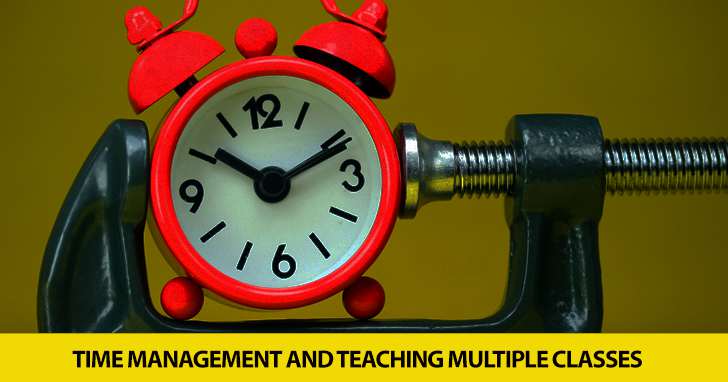If Itís Tuesday, Itís ESL 215: Time Management and Teaching Multiple Classes


It is often introduced briefly in TEFL training courses, but quickly falls by the wayside as the reality of the classroom sets in. However, more and more modern educators are starting to realise the usefulness and effectiveness of backwards design. This is interesting because it challenges the traditional class planning model by, literally, turning it on its head. But what is ‘backwards design, what benefits does it have, and how can you use it to improve your classes?
Put simply, backwards design starts with the outcome in mind. Unlike traditional planning which begins with materials and activities, backwards design is a way of planning a class or course that starts with the learning outcomes or goals, then moves ‘backward’ to thinking about what evidence will show that these goals have been met, and then designing classes and activities that will allow that evidence to be collected. These are the three steps of backwards design.

Both students and teachers are less like to become lost or sidetracked, as end goals are clear and pre-planned. The whole course moves towards these goals providing structure and guidance. Students know what they are doing, why they are doing it, and what they are responsible for having learned by the end.
Having clear goals from the beginning of a course or lesson provides students and teachers with a sense of purpose. They know where they are trying to get to, and this is a huge motivating factor for many. Also, when a curriculum is goal oriented and planned in this way, the course is often more cohesive with activities being more interconnected, which helps students connect both new learning and existing knowledge.
This can work very well for teachers who need to provide measurable outcomes in their classes. Because the outcomes are pre-planned and acceptable evidence of these outcomes is decided well ahead of time, teachers no longer have to teach a set of materials or course books and the devise a way to test what they hope they have taught. Having measureable outcomes is also beneficial for students, as they know ahead of time exactly what they need to do in a class or course and lets the guide their own learning in that direction.
Also, be careful not to confuse backwards design with ‘teaching to the test’. ‘Evidence’, in the case of backwards design, does not necessarily mean testing. It could be an ongoing process, class projects, creative projects, or anything that you, as the teacher, decide constitutes evidence that students have reached the set goals.
By working through the steps above, you can plan a backwards class, course, or curriculum. It can require a big shift in a teacher’s thinking, but the benefits are worth the initial work you put in.
Do you have any experience with backwards design? Will you try it? Let me know in the comments.